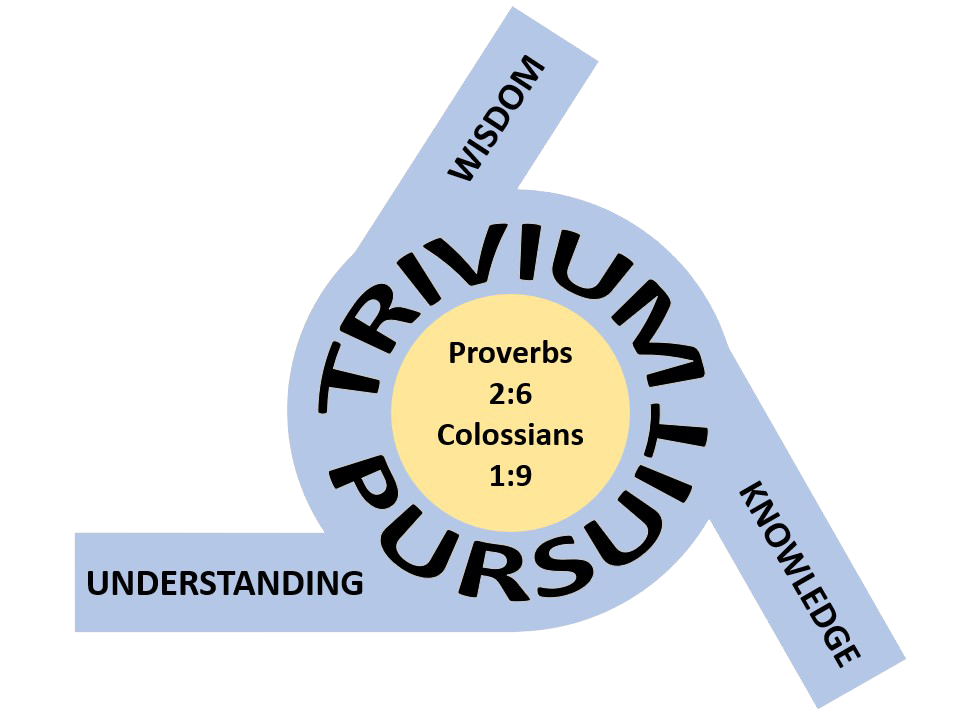This is a story about how to use logic to stop fights and end quarrels.
As we tune in, Tina and Meg are talking about the homeschool support group meeting they both attend . . .
Tina: Every time I bring the twins to the support group, I get the impression Barb thinks they’re out of control – they’re not as perfect as her little cherub.
Meg: I never got that impression. Didn’t Barb say they’re okay – just a little boisterous?
Tina: Yes, but she said it in such a short, blunt way!
For the next few months, Tina continues to feel badly. She finally brings it up at the support group. All the women say they haven’t noticed Barb upset with Tina’s twins. Tina leaves feeling that no one understands her. Later, Meg tries to help.
Meg: I don’t think you’re being objective . . .
Tina: Of course I’m not objective! I’m passionate about this! People need to see it isn’t fair the way she expects my babies to act like little blocks of ice . . . like her boy does!
Meg: Let me draw this on a chart . . .
Does Barb think Tina’s twins are out of control?
Yes — Tina’s impression
No — All the ladies at the support group haven’t noticed anything.
Opposing Viewpoints Chart
We interrupt our story to explain that this is an opposing viewpoints chart. This chart is a logic tool that helps us compare evidence on both sides of an issue.
“The first to present his case seems right, till another comes forward and questions him” (Proverbs 18:17 NIV).
If we only understand one side of an issue, we may be surprised when we learn what the other side says. Once we list the evidence in each column for each side, we can compare the columns. When we’re done, we may still believe passionately in our position, but now we understand the reasons why other people disagree. Read the rest of this story.

0 Comments